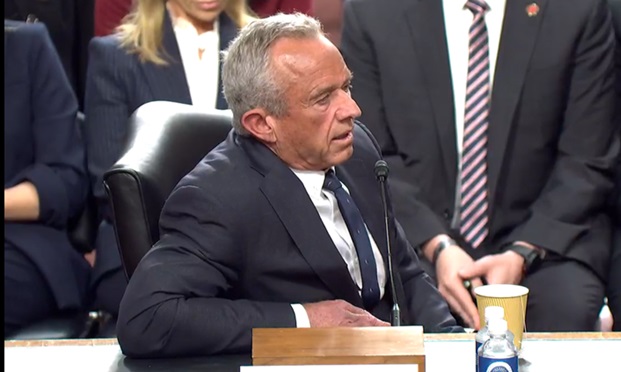If only we ate less… Yes, it’s actually that simple.
So says a group of researchers, whose recent study, published in the BMJ (formerly the British Medical Journal), calls for smaller portions at restaurants and stores.
“The causes of obesity are complex but overconsumption of food and sugary drinks is a critical proximal determinant, driven in part by large portion sizes,” writes study author Theresa Marteau, a professor of behavior and health at Cambridge.
The researchers suggest that it is not our appetites that our driving larger portions, but rather that larger portions are encouraging us to eat more than we need.
“(P)eople consistently consume more food or non-alcoholic drinks when offered larger sized portions or packages, or when using larger items of tableware,” states the report.
Marteau points to an economic analysis of obesity last year by the McKinsey Global Institute, which found that making portion sizes smaller was likely the most effective way to reduce obesity and the associated negative impact it has on public health.
Reducing portions could have a significant effect on British calorie consumption. The report predicts it could reduce intake by 12 percent to 16 percent among UK adults.
But the effect would be much more pronounced in the U.S., whose super-sized sodas and heaping sides of fries have visitors in awe. The report anticipates reducing U.S. portions to 1950’s levels could drop intake by 22 percent to 29 percent.
Getting those portions smaller is easier to imagine than to implement, however. Intervention from government is particularly hard to do in the U.S., where many are hostile to paternalistic policies aimed at limiting the damage we can do to our own bodies and a number of powerful business interests can be counted on to aggressively fight such restrictions.
The government could also increase awareness of appropriate portions by requiring food packages to more prominently display information about the serving size. The public sector could also encourage better habits by serving smaller portions at public workplaces, such as schools, hospitals and other government buildings.
“Aligning the will of the public, private industry and political leadership is key to progress,” the report concludes.
© Touchpoint Markets, All Rights Reserved. Request academic re-use from www.copyright.com. All other uses, submit a request to [email protected]. For more inforrmation visit Asset & Logo Licensing.






